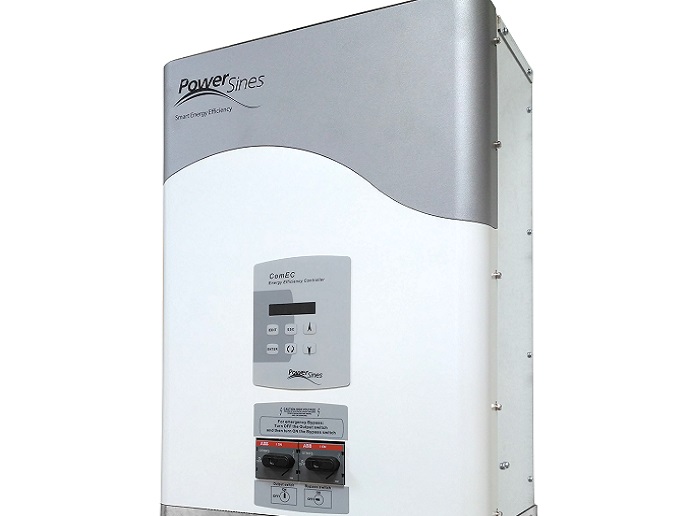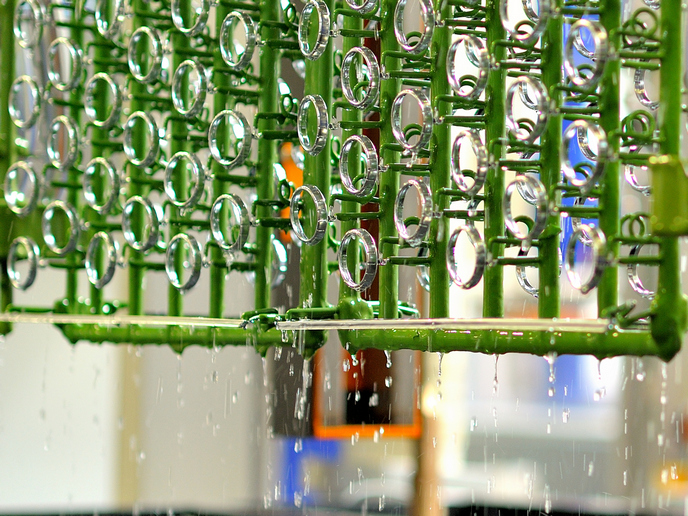Robotic seeds redefine environmental monitoring
Healthier crops and forests start with being able to carefully monitor soil quality, air temperature and other environmental parameters. For the EU-funded I-Seed(opens in new window) project, the best way of gathering such data is with robots. But these aren’t your typical robots. In fact, you’d probably not even notice them in the field. That’s because these robots look like seeds. “We aim to develop a new generation of self-deployable, biodegradable, soft miniaturised robots inspired by the morphology and dispersal mechanisms of plant seeds,” says Barbara Mazzolai, director of the Bioinspired Soft Robotics Laboratory at the Italian Institute of Technology(opens in new window), the project’s coordinating partner.
Biodegradable soft robotic seeds
To start, the project spent considerable time studying the morphological characteristics and materials of the structures that transport the seed, such as fruit, and how they interact with their surrounding environment. Based on this analysis, researchers then designed five biodegradable soft robots that mimic the look and dispersion mechanisms of various seeds. For example, one robot mimics the self-burial mechanism of the Pelargonium seed to monitor soil humidity, while another uses the Tragopogon seed’s parachute-like design to carry sensors or seeds for reforestation. “Equipped with sensor materials that respond to key environmental parameters via chemical transduction mechanisms, each of these seed-like robots enables low-cost, environmentally responsible monitoring,” explains Mazzolai. In addition to the robotic seeds, the project also developed new in situ sensing technologies, mathematical models adapted for soft robotic systems, and tailored lidar, photogrammetry and georeferencing techniques.
When the robotic seed too closely resembles its natural equivalent
The data gathered by the robots can be easily collected using a consumer drone equipped with fluorescent lidar technology. The data is then analysed using a software programme that enables real-time georeferencing. Although practical, this drone-based approach to data collection created some unexpected challenges. “Our robotic Acer seed replicated the natural seed’s flight behaviour so closely that whenever the drone approached to collect data from the integrated sensor, the robotic seeds blew away,” notes Mazzolai. To rectify this problem, the project decided to retain the seed’s Acer-like wings for passive flight, but to add an anchoring feature so the robotic seed could secure itself to the ground upon landing. “This addition ensures stability both during drone approaches and in windy conditions,” adds Mazzolai.
A cross-disciplinary eco-robotics community
Beyond the innovative robotic technology, the I-Seed project also created a new, cross-disciplinary community of bio-roboticists and environmental scientists. “This eco-robotics community lays the groundwork for continued research in robotics from a more sustainable perspective,” concludes Mazzolai. “Just as importantly, it fosters the training of a new generation of professionals equipped to design innovative, environmentally responsible technologies that address pressing ecological challenges.” The project team is currently working to further develop the technology readiness level of its five prototype robotic seeds. They also plan to explore how this same technology can be adapted for use in other environments, such as aquatic ecosystems.







